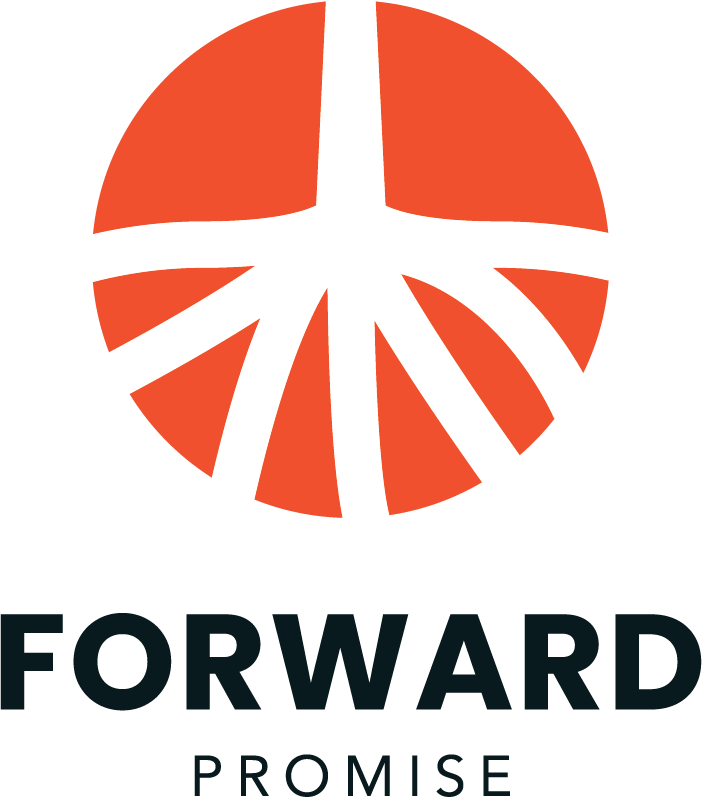Summary
Equitable grantmaking must start with this belief: People within communities of color are the most capable of generating and leading the solutions for their healing. Secondly, funders must believe that the models touted as conventionally “credible” by the majority culture are not the only ones that exist and acknowledge the equal value of culturally responsive models.
“Funders must be willing to interrogate their own implicit biases that often make them less trusting of organizations led by people of color, resulting in immense roadblocks or requirements attached to dollars.”
“Equitable grantmaking can only happen with an overt commitment to stop replicating the deep and documented history of racial disparity in funding.”
“Funding decisions made without a deep knowledge of the population and issues they face—beyond professional and theoretical experience—often lack the nuance needed to see beneath the layers of proposals to identify strengths and potential.”
Takeaways
- Collect data and assess the applicant pool at each step in the grantmaking process to determine progress toward equity goals and identify areas requiring adjustment.
- Recognize that many funding barriers make POC-led organizations more vulnerable, especially during times of crisis when foundations provide less funding despite organizations needing more support.
- Explicitly commit to equity in calls for proposals, develop an intentional outreach strategy focused on POC-led organizations, and approach site visits with a spirit of humility and learning.
- Identify biases that could taint the grant review process and institute solutions to ensure fairness.

